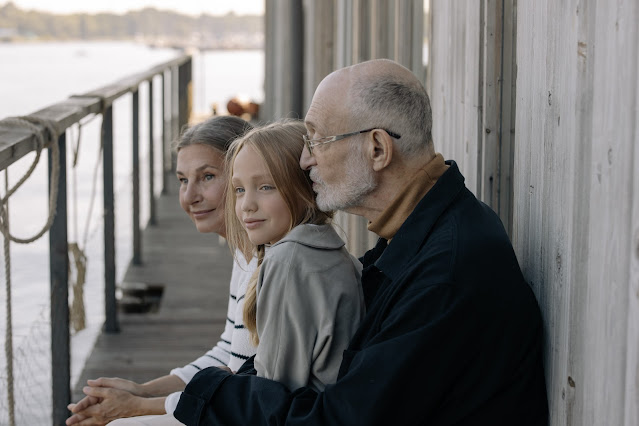How To Adapt Your Home Successfully to Both Elderly and Kids
The needs of the elderly and children can be quite different, and those differences can extend to the home environment as well. A home designed for little kids won't work for seniors, and vice versa. However, there are ways to adapt your home successfully to both groups of people.
Let's look at the six tips to help get you started.
Safety
The safety of both the elderly and children is paramount in any home. Take a look around your home and identify potential hazards such as exposed wires, sharp corners, or loose rugs. Make sure to replace any safety gates or latches if they are no longer working properly.
Additionally, try to keep hazardous items away from the reach of both children and the elderly. Store cleaning supplies, medications, and other potentially dangerous items in an area that is locked or out of sight.
Accessibility
As people age, it can be more difficult for them to move around the house, so make sure that there are no tripping hazards on stairs or in hallways and install handrails if necessary. Additionally, consider installing ramps or widening doorways to make moving from room to room easier.
On the other hand, children need to be able to access their toys and other items that are stored at their level. Try to have a designated area for them, such as a low shelf or basket, where they can find what they need without having to ask an adult for help.
Furthermore, you can consider accessibility options that work for both groups, but also you. These include pull-out shelves, step stools, and other items that can make it easier to reach things, while at https://www.stiltzlifts.co.za you can see how much convenience and effort you can save with the help of home lifts, or stairlifts. These can be a great addition as they cannot help both the elderly and children move around with more ease and safety, but they're great for moving heavy furniture and items up and down.
Space
As people age, they may need more space to feel comfortable in their homes. This could mean adding a room to the house or converting existing space into a bedroom or office. If this isn't an option, look for ways to make the most of the space you already have such as utilizing closets and other storage areas.
Children must have enough space to play. Consider moving bulky furniture and creating an area for them to run, jump, and explore safely. Make sure that any outdoor areas are properly gated and secure as well.
Lighting
Good lighting is important in any home, but especially for those that are aging. Natural light can be beneficial to both the elderly and children, so try to open up living space by replacing heavy curtains with lighter fabrics or blinds. Additionally, make sure that any hallways and stairwells are well-lit to reduce the risk of falls.
Children may not need as much light as adults, so create a calming environment by using softer lamps or nightlights to provide just enough illumination for them to find their way around at night.
Furniture
Older people need furniture that is more supportive and comfortable so consider replacing any traditional chairs with recliners or armchairs that provide more cushioning and back support. You can also add grab bars to the walls near beds, chairs, and toilets for extra safety.
For children, look for pieces that are designed with their size in mind. This could include chairs and tables that they can easily access or low shelves where they can store their toys. Also, look for furniture that is easy to clean and durable enough to handle the wear and tear of everyday life.
Overall Layout
Lastly, consider what works best for the layout of your home. If you have an open floor plan, try to create distinct areas for both the elderly and children such as a reading corner for the elderly or a playroom for the children. This will help keep everyone in their own space, while still having access to the same living space.
For more traditional layouts, consider making modifications that make it easier for everyone to move around such as widening doorways and installing ramps if necessary. You can also look for furniture that is flexible and can be moved around to accommodate different needs.
By following these simple tips, you can easily adapt your home to both the elderly and children to create a safe, comfortable, and enjoyable living space. With the right modifications, everyone will be able to enjoy their home without worrying about unnecessary risks or inconveniences.








No comments
Thank you for dropping by! I would love to hear what you thought. :)
Thanks!
♥,
Diana